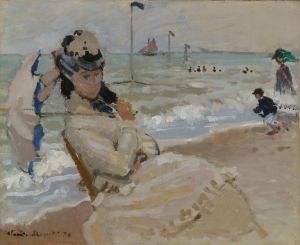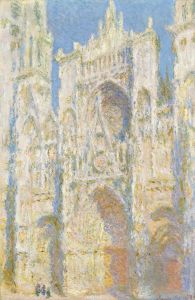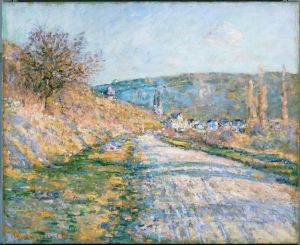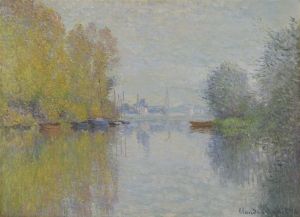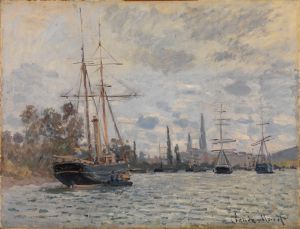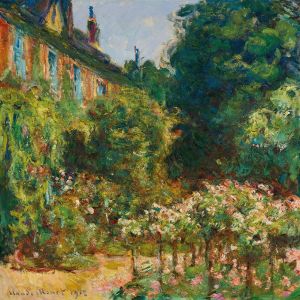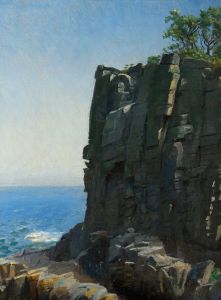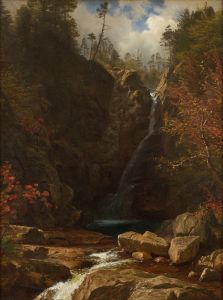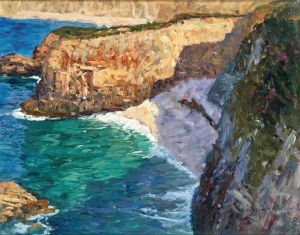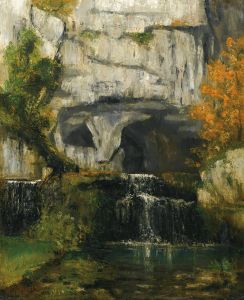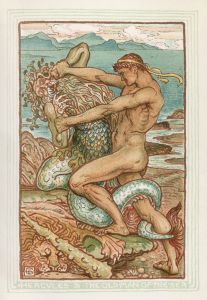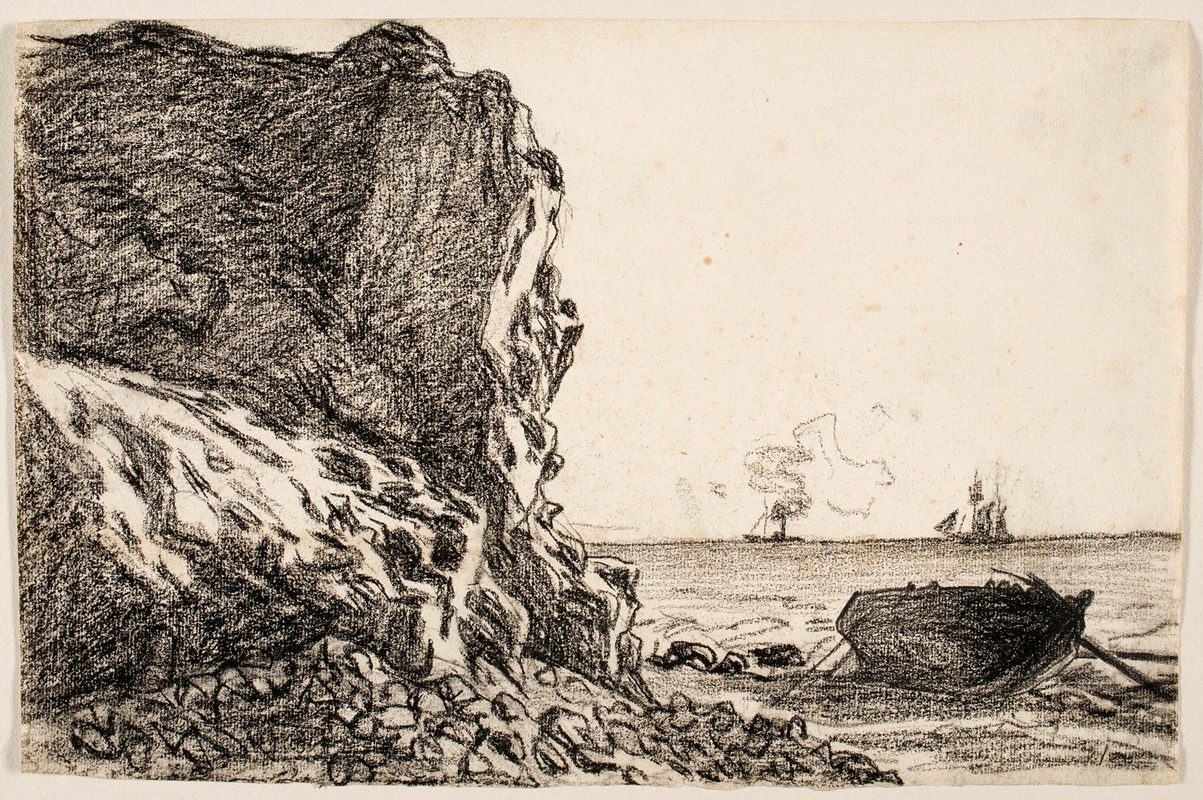
Cliffs and Sea, Sainte-Adresse
A hand-painted replica of Claude Monet’s masterpiece Cliffs and Sea, Sainte-Adresse, meticulously crafted by professional artists to capture the true essence of the original. Each piece is created with museum-quality canvas and rare mineral pigments, carefully painted by experienced artists with delicate brushstrokes and rich, layered colors to perfectly recreate the texture of the original artwork. Unlike machine-printed reproductions, this hand-painted version brings the painting to life, infused with the artist’s emotions and skill in every stroke. Whether for personal collection or home decoration, it instantly elevates the artistic atmosphere of any space.
"Cliffs and Sea, Sainte-Adresse" is a painting by the renowned French Impressionist artist Claude Monet. Created in 1867, this work is one of the many pieces Monet painted during his stay in the coastal town of Sainte-Adresse, located near Le Havre in Normandy, France. This period was significant in Monet's early career, as it marked his exploration of light, color, and the natural environment, which would become central themes in his later works.
The painting depicts the rugged cliffs and expansive sea of Sainte-Adresse, capturing the natural beauty and atmospheric conditions of the area. Monet's choice of subject reflects his interest in the interplay between land and sea, and his ability to convey the transient effects of light and weather on the landscape. The composition is characterized by its dynamic brushwork and vibrant color palette, which are hallmarks of Monet's style and the broader Impressionist movement.
Monet's technique in "Cliffs and Sea, Sainte-Adresse" involves loose, expressive brushstrokes that suggest the textures of the cliffs and the movement of the sea. The use of color is particularly noteworthy, as Monet employs a range of blues, greens, and earth tones to evoke the natural setting. This approach allows him to capture the changing light and atmospheric conditions, a key aspect of Impressionism.
The painting is also significant for its depiction of Sainte-Adresse, a location that held personal significance for Monet. Sainte-Adresse was a popular seaside resort during the 19th century, and Monet's family owned a house there. This connection provided Monet with the opportunity to explore the coastal landscape extensively, resulting in a series of works that highlight his developing style and artistic interests.
"Cliffs and Sea, Sainte-Adresse" is an example of Monet's early experimentation with plein air painting, a technique that involves painting outdoors to capture the natural light and atmosphere of a scene. This method was revolutionary at the time and became a defining characteristic of the Impressionist movement. Monet's commitment to painting en plein air allowed him to observe and depict the subtleties of nature with a fresh and immediate perspective.
Today, "Cliffs and Sea, Sainte-Adresse" is recognized as an important work in Monet's oeuvre, illustrating his early mastery of the Impressionist style and his dedication to capturing the essence of the natural world. The painting is held in various private and public collections, contributing to the appreciation and understanding of Monet's artistic legacy.
In summary, "Cliffs and Sea, Sainte-Adresse" exemplifies Claude Monet's innovative approach to landscape painting and his role as a leading figure in the Impressionist movement. Through his use of color, light, and brushwork, Monet captures the beauty and dynamism of the coastal environment, offering viewers a glimpse into the natural world as seen through the eyes of one of history's most celebrated artists.





